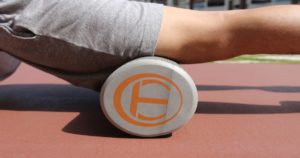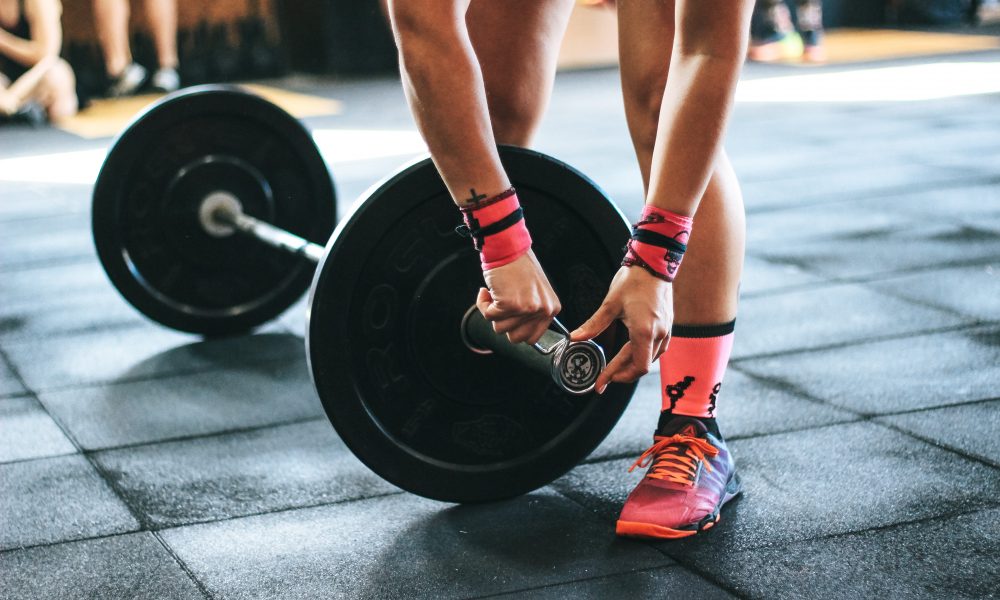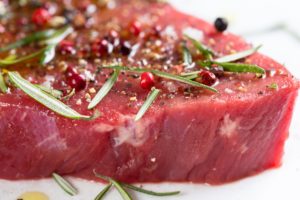
What Does Science Say About Foam Rolling?
Foam rolling is one of the most controversial topics within the fitness space. Many trainers and massage therapists hold religiously passionate stances for or against foam rolling.

Warming up is like saving for retirement. We all know it’s important, but we don’t exactly know why or how we should go about it.
That’s where this article comes in. It’s the ultimate guide you can refer to as it relates to warming up for strength training. Let’s get into it.
There are 2 main reasons why we warm up.
First off, it reduces injuries which is great because nobody wants to end up in the hospital or worse becoming a viral video where you snap your leg doing some squats (1,2,3,4).
In addition, warming up can enhance performance which is also great because if your gym crush is watching, she’ll be more impressed with how many reps you do (5,6,7,8). Just kidding, she probably doesn’t even care, but enhancing performance is still cool cause gains brah.
Anyways, from evidence evidence provided, the goal of a warm up is to raise core temperature, improve blood flow, prepare the brain/nervous system, move through intended ranges of motion, and prepare the body for the skill specific task (1).
Flexibility and muscle activation are still important, but not as important as you think.
If you already have adequate flexibility for a task, adding more doesn’t actually improve your performance. Simply getting warmer is more important (9). This is why dynamic stretching is so useful in a warm up. While it doesn’t maximize on flexibility improvements like static stretching, it gets the body warm and moving (14). It can also activate muscles, but we’re about to see why that might not even be super important.
The research behind specific muscle activation is a bit conflicting. One promising study shows it can improve movement quality (10).
Another study concluded muscle activation drills to be a poor use of time and advices you to spend more time on protocols that directly improves performance (11). For example, activation drills might be redundant as you’ll be increasing muscle activation anyways during your warm up sets of your first main exercise.
A third study found simply practicing the intended movement was less time consuming and more performance enhancing than activation (12).
For flexibility specific protocols, I’ll only include them when a client is lacking range of motion for a specific exercise. Sprinkling in some static stretching or foam rolling is fine for that. However, if you’re already extremely mobile, adding more mobility/flexibility can actually increase pain and potential for injury (16,17,18).
As for activation drills, I’ve found them to be quite useful in certain situations like for people who sit all day or in injured people who struggle to turn on specific muscles. If you don’t have time or feel they’re redundant, you’ll likely be fine not doing activation drills.
If you do choose to do activation exercises, unilateral or isolation like exercises seem to be best (13).
An ideal warm up will accomplish the key things we just discussed. This is done in 2 main phases which can be broken up into different aspects (5). I know it sounds a bit overwhelming right now, but calm your anxiety down. I promise, it’s simpler than you think to piece together an effective warm up.
The first phase is the general warm up. This is where you prime your body mentally and physically to exercise hard.
The second phase is the specific warm up where you prepare yourself specifically for the intended task or lift.
The entire warm up process should take 5-15 minutes at most. Don’t overdo it.
Here’s how it would look like for a typical lifter trying to make epic gains.
Warm up set 1: 45 lbs (empty bar) x 10-15
Warm up set 2: 95 lbs x 8-12
Warm up set 3: 135 lbs x 6-8
Warm up set 4: 185 lbs x 3-5
Warm up set 5: 205 lbs x 1-3
To clarify, this is all done before your first exercise. You can still do some warm up sets for other exercises in your workout if you feel necessary, but in general, the deeper you get into a workout, the less warm up sets you’ll need.
Each part of the warm up is pretty self-explanatory except the dynamic stretching. Many people don’t know exactly what to do for this spot. Some random arm circles and leg swings are ok, but here are some much better movements you can use before your first warm up set.
To recap, a warm up will usually include something to increase core temperature like a bit of cardio, followed by general flexibility and dynamic work, and then finished off with more specific preparation for the first lift of the day. As always, experiment with what works best for you prior to lifting. Science gives a guide, but there’s not always an absolute blanket answer.
Grab my free Stupid Simple Scroll to Mastering Hypertrophy

Foam rolling is one of the most controversial topics within the fitness space. Many trainers and massage therapists hold religiously passionate stances for or against foam rolling.

Understanding tempo is like understanding females, guys think they know what they’re doing, but they don’t. For those that don’t know, tempo is how fast you lift and lower your reps.

If you want to retain your hard earned muscles as you age or grow the muscles you already have, then protein needs to be a priority.